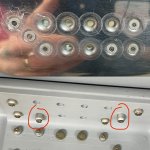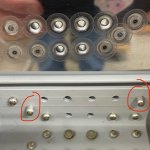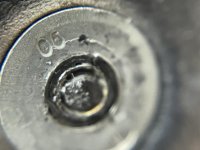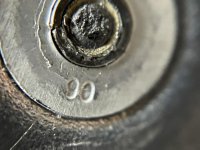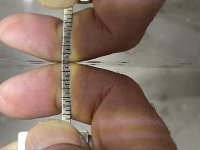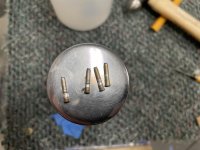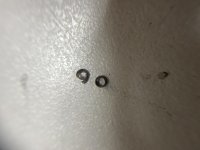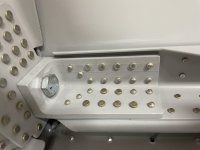I’m building a rv14 and the lower longeron uses 6 cherry rivets CR3212-4-5.
I tapped the mandrel loose and added some lps-2 then tapped them back together as per the Van’s video.
They all set well and looked good from the outside - the mandrel flush with the skin (or very marginally under).
On the inside however they are all very inconsistent. Of course - Van’s only sends you one spare. The mandrels have pulled into each of the rivets properly - but the shop head sizes are different. Perhaps I had some different part numbers in the bag, but they all looked to be the same length.
What is the consensus on these rivets? Do they need to come out?
I tapped the mandrel loose and added some lps-2 then tapped them back together as per the Van’s video.
They all set well and looked good from the outside - the mandrel flush with the skin (or very marginally under).
On the inside however they are all very inconsistent. Of course - Van’s only sends you one spare. The mandrels have pulled into each of the rivets properly - but the shop head sizes are different. Perhaps I had some different part numbers in the bag, but they all looked to be the same length.
What is the consensus on these rivets? Do they need to come out?
Attachments
Last edited:



